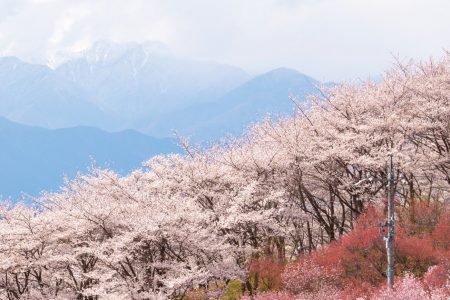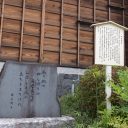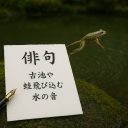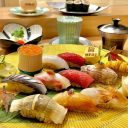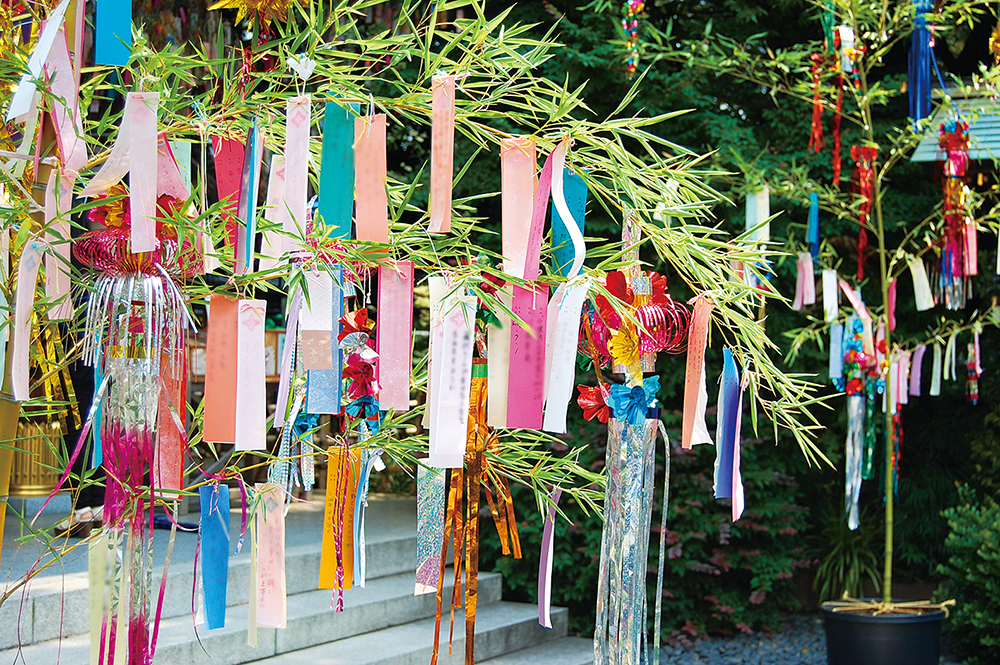
An opportunity to have one’s wishes heard
We talked about Hinamatsuri (雛祭り) on the 3rd of March and Tango-no-sekku (端午の節句) on the 5th of May so, yes, you guessed it, there is a ritual called Tanabata (七夕) on the 7th of July. However, Tanabata is not a festival to celebrate or pray for someone’s health and prosperity, but an opportunity to have one’s wishes heard by Shintō gods.
History and etymology
There was a legend in China. The Lord of Heaven had a daughter who was good at weaving heavenly clothes and would work all day. There was a cowherd in the pasture who was also working very hard every day. The Lord pitied them and became their cupid. However, after their marriage, they began to neglect their duties, always wanting to have a good time. Thus, the Lord separated them on different sides of the Milky Way (Ama-no-gawa 天の川) and told them that they can only meet on the 7th day of the 7th month each year. Consequently, Shokujo or Orihime became the Vega and Kengyū or Hikoboshi became the Altair. When this story was introduced to Japan in the Nara (奈良) period (710–794), it was combined with another Japanese legendary figure, Tanabata-tsume (棚機津女) who was a weaving girl dedicating her life to Shintō gods. The word Tanabata allegedly originates here. However, others argue that the Altair symbolises cultivation, Tanatsu-mono (種物) and the Vega represents weaving, Hatatsu-mono (機物), combining into Tana + Hata = Tanabata.
Tanzaku (短冊) A strip of fancy papers
There are no celebratory ceremonies or decorations in or around the house for Tanabata, but children write their wishes, be it their future dreams, things they want to acquire or request to their parent(s), hope for world peace etc. on a strip of fancy-coloured paper of different sizes. They then tie them to bamboo boughs with a string before Tanabata day so Shintō gods will realise their wishes, just like the wishes of the separated Vega and Altair. The decorated bamboos used to be thrown into rivers and eventually reach the ocean so that wishes written on the Tanzaku would be read by Shintō gods. This custom has been discontinued because it would pollute the rivers and oceans.
Commercialised Tanabata festivals
During the Edo (江戸) period (1600–1867), Tanabata, hitherto a custom for nobles in the imperial court in Kyōto (京都), became popular amongst ordinary citizens and various festivals emerged. Nowadays, Tanabata is heavily commercialised and many towns and cities throughout Japan hang up not only strips of fancy paper, but all sorts of decorations on gigantic bamboo sticks and try to attract domestic and international tourists to their neighbourhood. Oddly enough, though, there are no specific foods or drinks, traditional or modern, associated with Tanabata.
Author
Shunichi Ikeda
BAS Hons (ANU)
MEd (SUNY at Buffalo)
Visiting Fellow, ANU College of Asia and the Pacific
